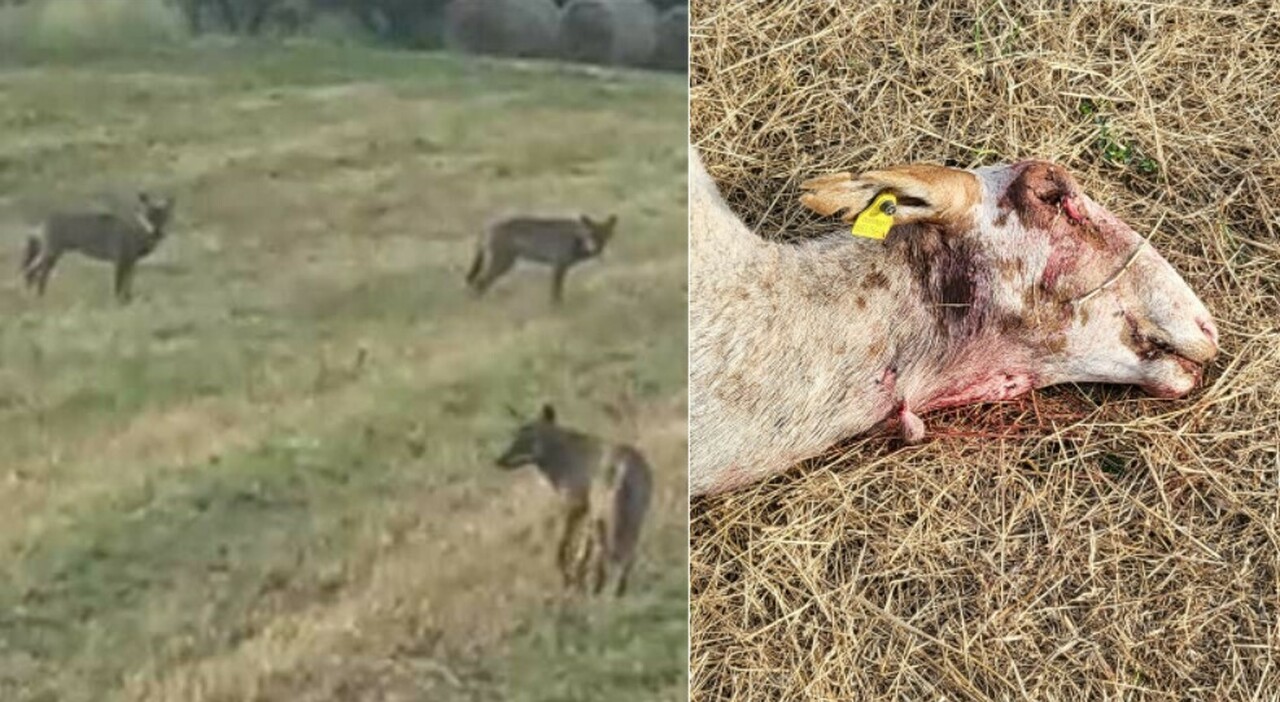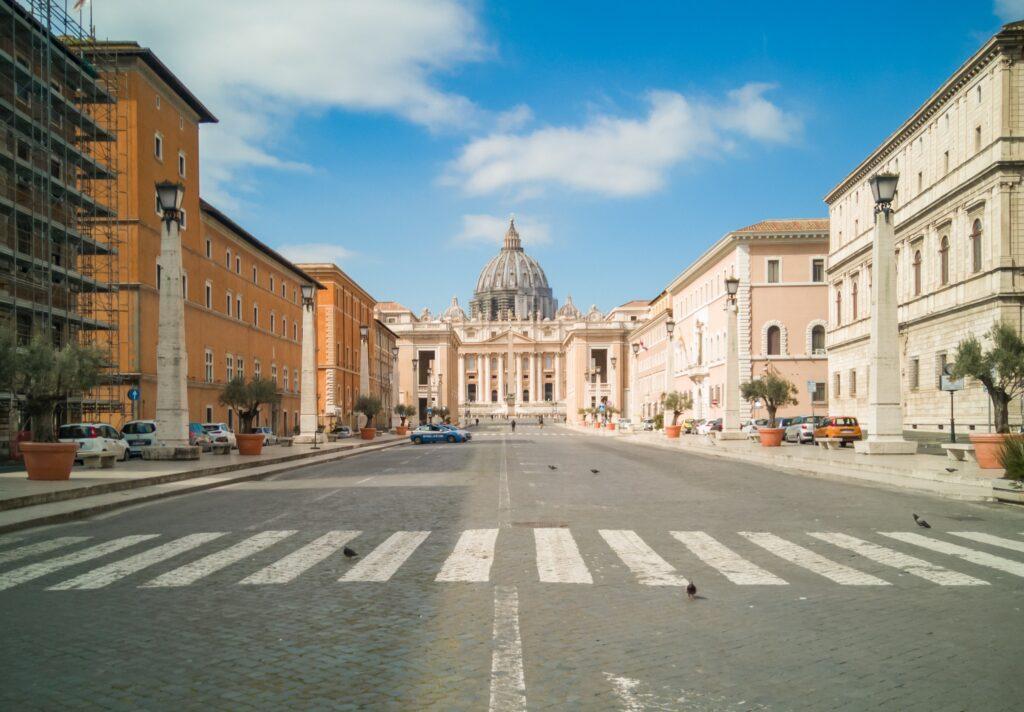Rome, wolves at the gates of the city. “I’m hunting wild boars.” Sightings of the branches are increasing
They are now just a few kilometers from Labaro And First Door: also attracted to wild boars i wolves they are approaching the more urbanized area of the city. The specimens are at least a quarantine and run between Formello, Sacrofano and Campagnano di Rome. Here in some areas, during the night (also thanks to the open windows kept for the great heat), there are those who hear very long howls. But between wolves and wild boars there is also a struggle for survival: the latter are getting tired of everything and the former are moving much hungrier, so much so that in the end they rush on goats, sheep, chickens, geese, what they find, in essence, in the farms in the countryside Roman.
The Parco di Veio has set up a monitoring plan with camera traps to understand where they are moving and has set up some anti-wolf nets to ensure that they do not attack the livestock. In addition, in some farms, it has provided shepherd dogs, Maremma, specially trained to drive them away. Good practices to ensure that coexistence in a now man-made world is as painless as possible. But other colonies are also present in the oasis of Castel di Guido and in the south, in the Castelli Romani and in Malafede.
CENTER DIRECTION
The direction for the wolves is however drawn: the more the boars move towards the center, the more they can feel attracted to it. For Professor Paolo Ciucci, associate professor of ecology, management and conservation of wildlife at Sapienza, there is a fact to consider: the wolf packs have ranges that already have within them the wooded areas of the capital. “The same herd of the Veio park also comes to frequent the areas of the Insurata park – he says – And I do not present their presence in some remote regions of Monte Mario – The wild boar is an interesting prey for the wolf, but areas like those Via Baldo degli Ubaldi cannot be considered a hunting area ». Therefore, if the prey move under the buildings, the same does not happen for the predators. The hunt between the two animal species becomes a kind of chess game. “The wild boar has many reasons to enter the city, because it considers it as a free port, safe, away from wolves, hunters, and with food of the highest quality – adds the scholar – The wolf instead prefers to remain at a distance because at that point his survival can be put at risk by men who can kill him. “
The fact is, however, that the large mass of ungulates in the outermost belt of the city can act as an appetizing magnet. “A pack of four wolves can kill an adult boar: it is important to respect them and not chase them away because they can be an opportunity to contain the advance of ungulates in Rome and, consequently, swine fever as well”, comments Andrea Lunerti, ethologist . For years now he has opened his “Refuge” in the Morlupo countryside: a place where he does educational activities to reveal to the children all the secrets of the predator’s life. Antonello Polinari, 11, was the one who put one of the camera traps that portrayed Navarre, a two-year-old specimen who is touring the valley to find something to eat, find a mate and to start a new herd. “They are not enemies to fight, the cliché of the wolf must be dispelled: the important thing is to respect them”, says Lunerti who on 9 July, precisely in Morlupo, organized an event with a designer, Moby Dick, to paint a caravan that will go in the most urbanized areas and explain the importance of the predator’s survival, at the top of the chain of woods in the hinterland of the capital.
© REPRODUCTION RESERVED




